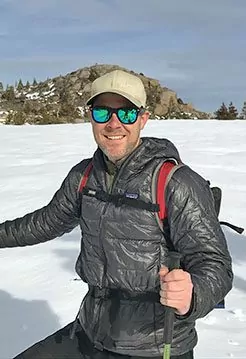Pictographs & Petroglyphs: Mysterious symbols of human history
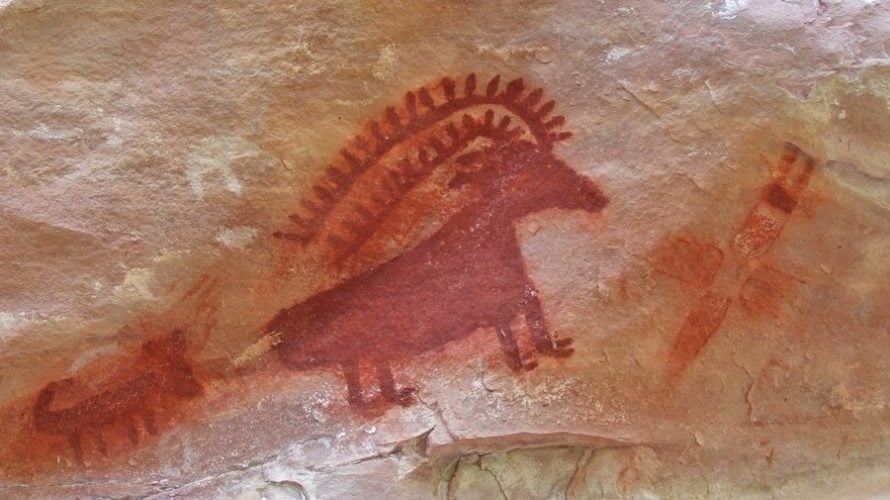
At the heart of almost every argument for preserving our wild lands for future use is understanding their value as it relates to our rich human history.
The history of our nation, before it was a nation, factors in deeply to why Wildland Trekking does what it does, and why our guides love carrying out that supporting facet of our mission.
Interpreting history is as crucial to high-quality hiking vacation as is knowing what trail to take and what animal made that print in the mud.
human history in red rock country
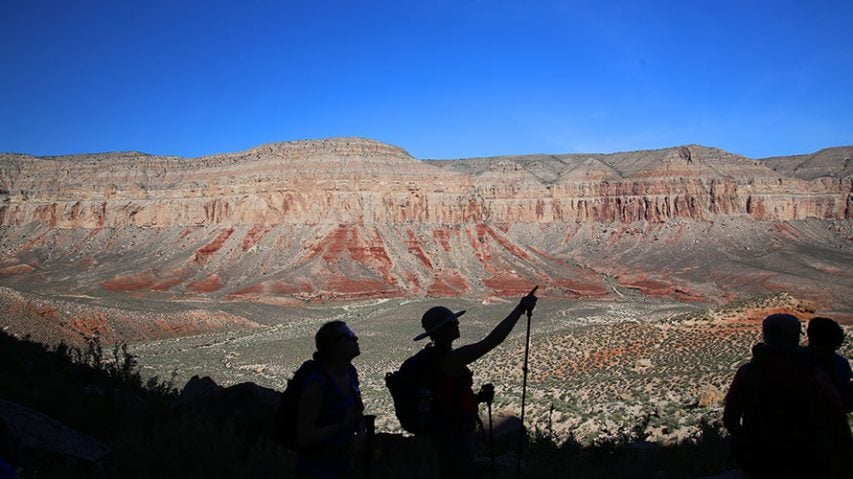
Early Native American culture is especially paramount to the trips we run throughout the southwest. From Supai to now Capitol Reef National Park, we’ve designed many parts of our ] around the tales the rocks tell us.
Or what we think they’re telling us.
While even most of academia remains unclear of the meanings or intent of the rock art (generally speaking) our trails take us to, we know enough to know that they are critical components to the double-helix of history that makes our sandstone-encased backcountry so special.
Pictographs & Petroglyphs
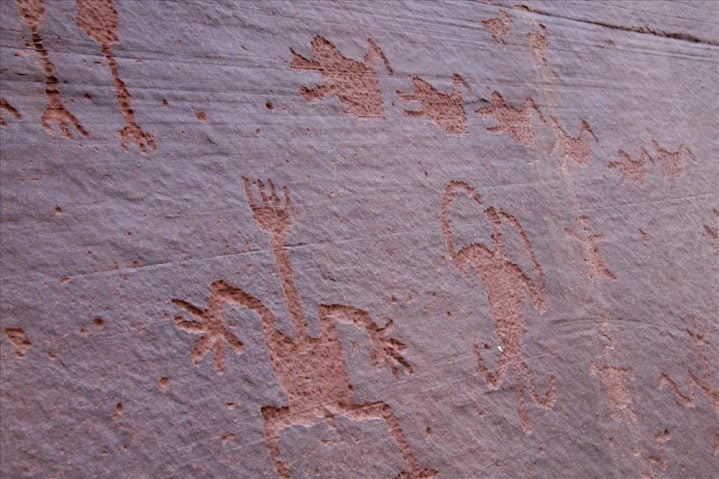
Pictographs are symbols “painted” or stained on to the surface of rock. Petroglyphs are instead physically etched into the stone, or sometimes made by scraping away the top layer of desert varnish.
The stories they tell could be everything from thrilling to mundane.
It can be safe to assume that in some cases, rock art creators were trying to share the value of a particular hunting ground, or that an area was considered the domain of a family or small band of inhabitants. Or, maybe there are spiritual connotations behind a particular art panel, as existing descendants are quick to suggest.
Speculating the purpose of pictographs and petroglyphs is easy—preserving them is much, much harder.
Wildland Trekking diligently obeys the official classifications assigned to different rock art panels and archeological sites spread throughout the range of land-use zones we travel.
While some carvings and paintings are highly visible from public places, allowing us close-up experiences, other examples are exceptionally protected against public interaction, preventing us from even mentioning their existence. (Your guide will provide the classification specifics if prompted.)
The good news is that many of our Utah Backpacking and Grand Canyon backpacking trips afford guests views of both pictographs and petroglyphs.
A mystery not EXCLUSIVE to the southwest
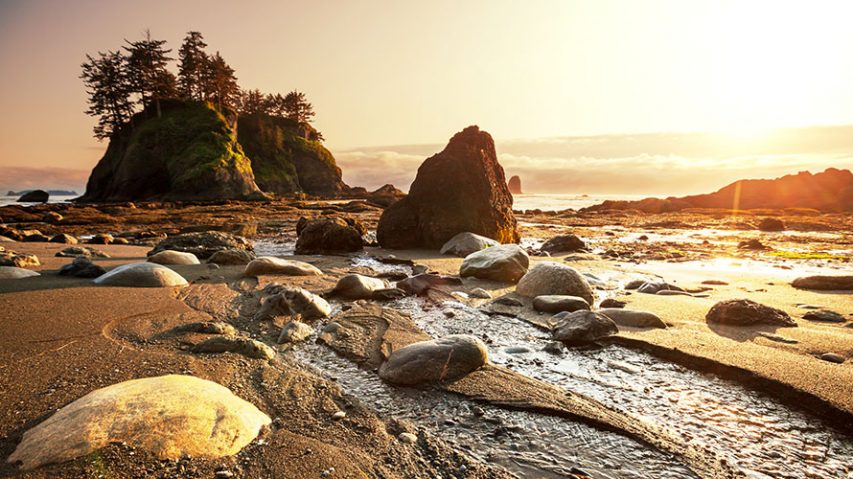
It’s important to note that the Colorado Plateau, the multi-state geologic platform on which the majority of our Southwest trips take place, is not the only place rock art is found in the American west.
Many of the our mountain ranges, rocky valleys, and vast high deserts from Arizona to Washington have tens of thousands of years worth of Native American imagination and culture drawn, etched, and smeared into their histories.
If only we really knew the stories they’re telling.
We hope you’ll consider a hiking vacation to experience such natural wonders with us, and that you’ll carry with you the critical message of preservation and more importantly, a respect for their place in our modern world.




